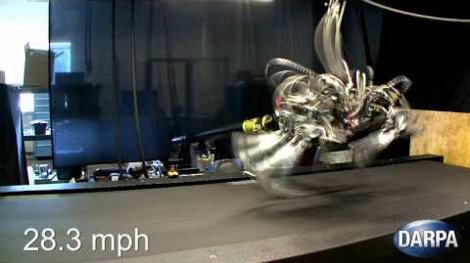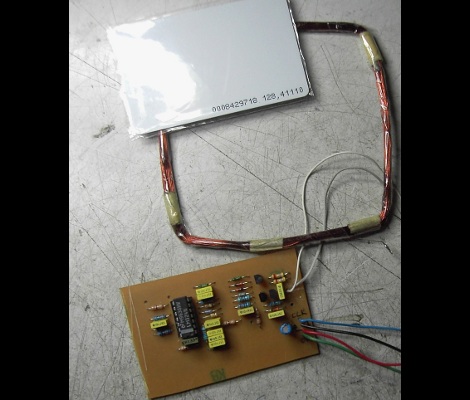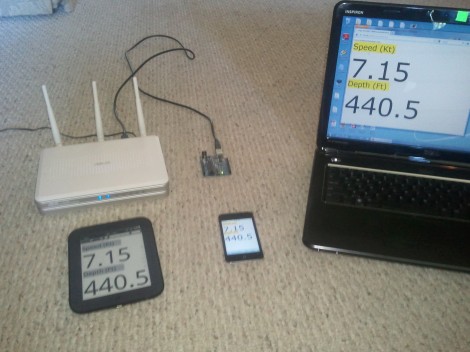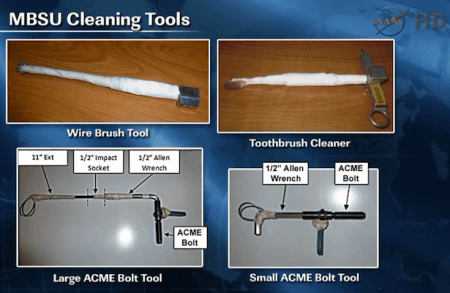
This pile of hardware marries telecommunications hardware from distinctly different generations. [Andrew D. Farquharson] wanted the retro look and operation of a rotary phone, with the convenience of a modern cordless. He combined the two technologies to achieve his goal.
The first problem was to find a way to translate the rotary inputs to something he could use. There are already a bunch of projects that use rotary hardware so he didn’t have to reinvent the wheel. He followed this guide to connecting Arduino to a rotary phone.
The next step was to interface with his cordless phone. He ditched the case and soldered rainbow ribbon cable to the entire button matrix. An opto-isolator is used to protect the Arduino while making each connection. Finally, he patched into the mechanism which monitors the cradle to see if the handset has been picked up. It sounds like his code lets you enter the number on the dial, then pick up the handset to actual transmit it through the cordless phone.
















